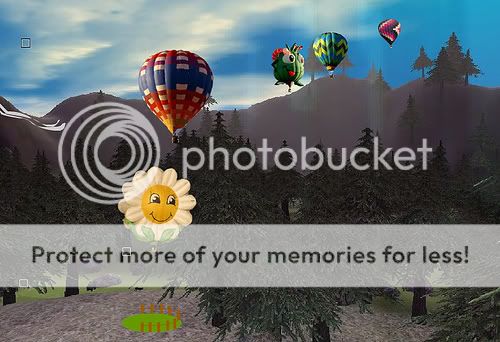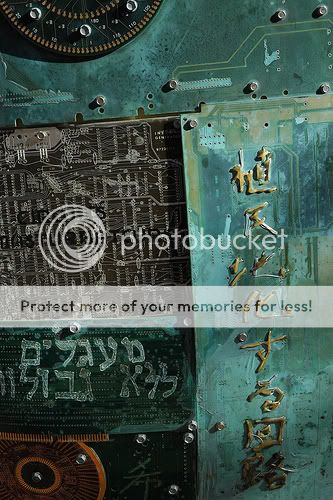In looking back on this semester's work on this blog, I'm wondering if I got through all the ideas and questions that I had when I first came in. And I don't believe I did, but I'm not sure if it was necessarily detrimental to the blog as a whole - especially because I ended up discussing more of other ideas that came up as I explored the topic.
I had intended to talk a lot more about Adobe products and how they have infiltrated the art world and seemingly, changed the face of art today. Honestly, I feel as if I exhausted the topic at one point and decided to move on, because I didn't want to repeat myself anymore. However, in the process of doing my research, I realized I felt that since I was thrown into an intro to computer graphics class, as well as working on this blog, that I forgot about the importance of the fine arts. When I did the interview with one of my friends, I think she reminded me how, though graphics and fine arts are interconnected in some ways, they are still two different disciplines.
Moving away from graphics though, there are still so many other ways that technology is brought into the art world. Sometimes technology is the inspiration (or the changing of society as a result, like Andy Warhol's works). Sometimes it was the use of photography or videography, like Shirin Neshat's work as well as Juan Rojo's - the two artist spotlights I did. Sometimes it came into play in installations or other kinds of videos, such as the light installation in the National Gallery of Art, or the stop-motion videos.
I think what I ended up covering, in my opinion, was more interesting and more relevant to the topics, rather than stagnantly discussing Adobe and its effects on the graphic design world. I'm glad that I moved the discussion towards all kinds of art. It wasn't only meant to be educational for the readers - I learned a lot as well. As I mentioned before, it changed my view of what I believed was the predominance of graphics over traditional arts. Just because graphics has made "art" become prevalent around us (even subtly so), doesn't mean that traditional arts are now null and void. There is still a place for them.
And let's sure hope so because that's what I truly want to do for the rest of my life. On that note, I think that this blog has actually helped to alleviate my fears about not having a place for the kind of art that I do - instead of making me more nerve-wracked. I used to feel very pressured to learn graphics - and to make myself enjoy it. But the more I went through this blog and learned about how I can still synthesize technology some ways into the art that I truly enjoy, then I won't need to feel pressured anymore. I know I'm not a designer. My mind doesn't think that way, and I can't force myself to think in that light. However, I am open to learning different types of art. Specifically, I'm really curious to learn more about photography. And I think I was hindered by trying to depict my subject matter when we did a photography assignment for the blog - because I just didn't feel like I was able to express it well enough, or even abstractly. So we'll see where that next journey will take me.
With that, I want to discuss some of my favorite discussions on this here blog that I posted. Honestly, the spotlights were fun for me to do, as well as allowing me to learn more about certain artists and different kinds of techniques. Firstly, I really enjoyed watching all the stop-motion videos - and if you ever get a chance, go to YouTube and just search "stop motion" and you will get thousands of results. They really are phenomenal. And in discussing Shirin Neshat, I became an even bigger fan of her. Being Persian and a woman, her work really struck me from the beginning. Her strength to express herself, even in a society that tries to diminish freedom of expression for everyone, but even unimaginably so for the women, is truly inspiring. And what's amazing is that her work becomes a voice for others who are too scared or are unable to speak out. This is the true meaning of art. You are a voice for what you may not be able to put into words - and you can become a voice for others. No matter what media of art you look at, this is the common thread throughout it.
With that, I want to say thank you for reading! I hope you learned as much as I did in the process.
Also, if you are in the DC-area this Friday, there is a great opportunity to see Shirin Neshat's film "Women Without Men" AND hear her speak beforehand -
The Iranian-American Youth (IAY) is pleased to bring you the premiere of
Shirin Neshat's highly-anticipated film, "WOMEN WITHOUT MEN", to Washington, DC!
Please join the Iranian-American Youth on opening night, along with special guests:
- Shirin Neshat , Director
- Arita Shahrzad , Starring Actress
"WOMEN WITHOUT MEN"
Friday, April 30, 2010 - 7:00PM
Bethesda Row Cinemas
7235 Woodmont Avenue
Bethesda, Maryland










